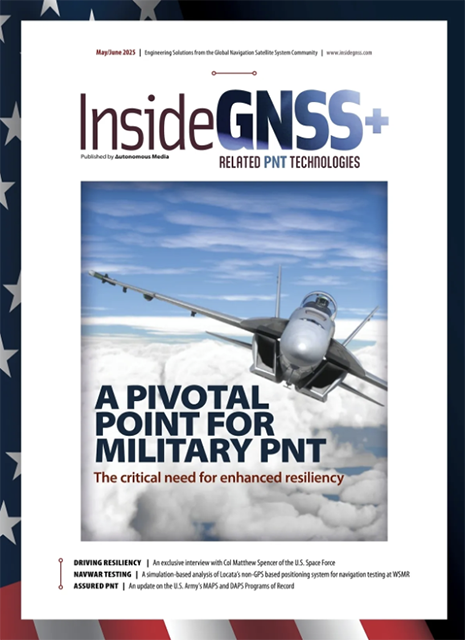Q: What is “host-based processing” of GPS signals and how does it compare to traditional systems on a chip and software GPS approaches?
A: The last few years have seen the emergence of mobile wireless and other devices using a host-based GPS architecture, in which portions of the software traditionally executed within the GPS chip are now performed in the host software.
Q: What is “host-based processing” of GPS signals and how does it compare to traditional systems on a chip and software GPS approaches?
A: The last few years have seen the emergence of mobile wireless and other devices using a host-based GPS architecture, in which portions of the software traditionally executed within the GPS chip are now performed in the host software.
This important trend is unfamiliar to many even in the GPS industry. For certain customers and certain kinds of devices, the host-based architecture has lower production costs and is much more flexible. In other cases the host-based approach may not work well, and designers would be better off using a traditional GPS architecture for their devices.
Host-Based versus System on a Chip. The architecture of a host-based system is best explained by contrasting it with the traditional system-on-chip (SOC) approach. In SOC architecture, the entire GPS system is integrated within a single device. The SOC contains three major building blocks: an RF tuner block, a baseband processing block, and a CPU subsystem that runs a complete GPS software application.
(For the rest of Charlie Abraham’s answer to this question, please download the complete article using the link above)
Q: What are the important considerations when selecting the type and quality of IMU for integration with GNSS?
A: The key objective in choosing an inertial measurement unit (IMU) for a GNSS-aided inertial navigation system (INS) is to obtain the right trade-off between performance and cost of the integrated system in its intended application.
The type of data and the desired accuracies of those data comprise the performance attributes of a GNSS-aided INS of interest for a particular application. For example, a land-vehicle navigation application may require continuous positioning during periods of poor GNSS coverage, such as in an urban canyon environment. So, here the key performance attribute is position accuracy during multiple GNSS outages.
Another example: an aerial photogrammetry application requires highly accurate position and orientation angles in order to generate the exterior orientation parameters of each image. In this case, GNSS coverage and, hence, position accuracy is usually not a problem. Instead, the key performance attribute is orientation accuracy during normal aircraft dynamics on a survey mission.
(For the rest of Dr. Bruno Scherzinger’s answer to this question, please download the complete article using the link above)





